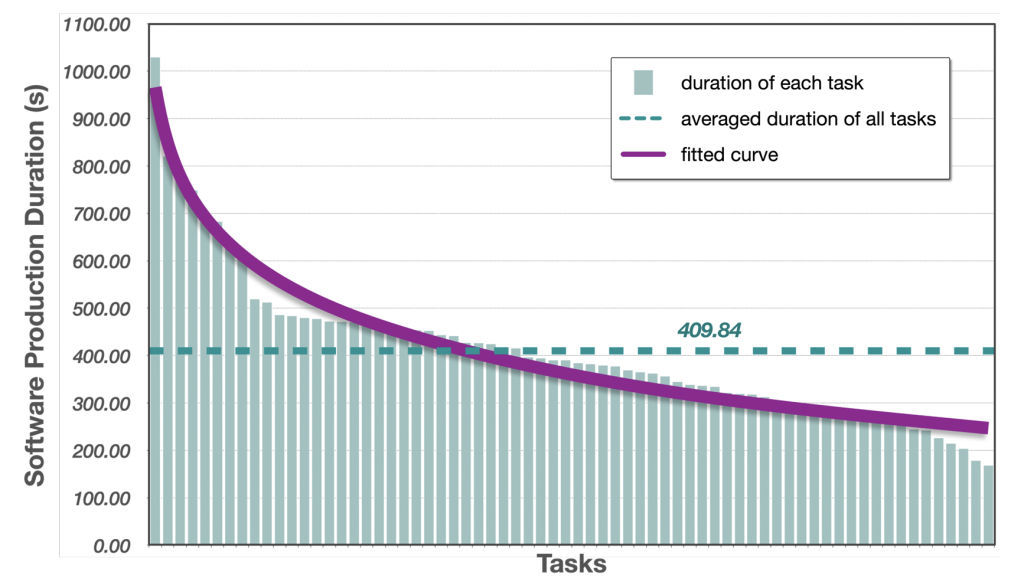The Incredible Squad Of AI Bots
What is ChatDev?
As a virtual software corporation, ChatDev is run by several intelligent agents who play various positions such as CEO, CTO, Programmer, Tester, and more. This group of agents has come together to establish a multi-agent organization with a common goal: to “revolutionize the digital world through programming.” The agents in ChatDev work together by taking part in functional seminars that cover topics like design, coding, testing, and documentation.
An appropriate setting for investigating collective intelligence, ChatDev’s principal goal is to provide a user-friendly, highly customizable, and extensible platform based on large language models (LLMs).
Using CHATDEV, on average, it took 409.84 seconds, or less than seven minutes, to create lightweight applications and user interfaces. In contrast, even when employing agile software development methodologies, traditional custom software development cycles might last anywhere from two weeks to several months.
Last quarter, a group of academics showed that ChatGPT could follow human instructions given in plain English and create a basic, producible microchip from scratch in under 100 minutes. A separate team from Chinese and American academic institutions decided to go even further and remove people from the creative process.
They built a group of chatbots using ChatGPT 3.5, with each bot playing the part of a different employee at a software company, such as the chief executive officer, chief technology officer, chief product officer, programmer, code reviewer, code tester, or graphic designer.
Each was given instructions on what to do and how to interact with the others in the experiment, including their “designated task and roles, communication protocols, termination criteria, and constraints.”
Read 10 AI In Manufacturing Trends To Look Out For In 2024
 The artificial intelligence (AI) team at ChatDev (the company’s name) was responsible for everything else, including coming up with solutions, selecting languages, designing the interface, testing the output, and making any necessary adjustments.
The artificial intelligence (AI) team at ChatDev (the company’s name) was responsible for everything else, including coming up with solutions, selecting languages, designing the interface, testing the output, and making any necessary adjustments.
Perhaps soon, but not yet. The paper’s authors concede that, while the bots’ output was generally functional, it didn’t always meet expectations (although this is also true of human workers; think of all the times you performed precisely what the customer wanted and they were still angry).
It was also acknowledged that the AI itself might have biases and that the deployment parameters could significantly alter the AI’s output, perhaps rendering it useless. In other words, proper bot configuration is essential for optimal performance. For the time being, a surge in human-AI collaboration is anticipated rather than complete automation.
On the other hand, it’s hard to shake the feeling that this is how we’ll be training our successors and that in the not-too-distant future, humans will be relegated to the role of AI taskmasters, while understanding computer programming will be on par with knowing Latin.
Read OpenAI Open-Source ASR Model Launched- Whisper 3
[To share your insights with us, please write to sghosh@martechseries.com]

Comments are closed.